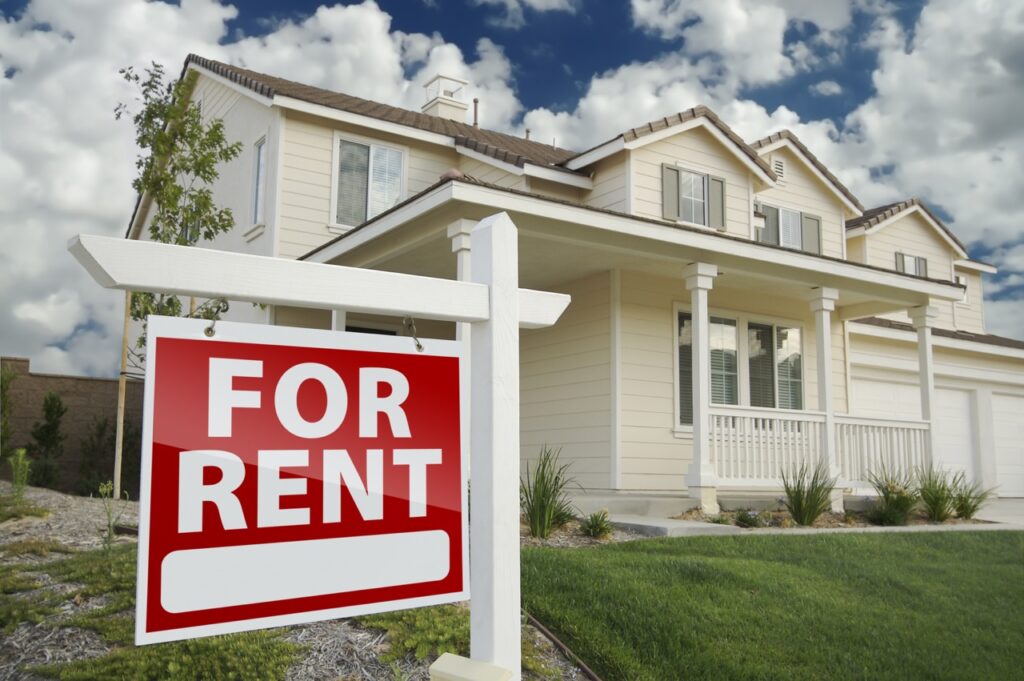Are you a first-time landlord in the Beehive State? With so many aspects calling for your attention, you’re probably wondering where to start! There is a lot to consider when running a Utah rental property…from finding the right tenants to setting rules and regulations.
Don’t make a mess— Let Rhino Property Management take the stress off your shoulders! To set you up for success in your new endeavor, we’ve compiled 10 helpful tips for running a rental property in Salt Lake City or the surrounding area:
- Research Rent Prices
As a first-time landlord, you may not be aware of what the average rent prices are in your area. It’s important to do your research and set a competitive (yet profitable!) price for your rental property. Check out similar listings in the area and see what other landlords are charging for rent.
You can also consult a property management company like Rhino to get an idea of what you should be charging!
- Run Your Rental Like a Business
To be a successful landlord, you need to treat your property like a business. This means having organizational skills, setting goals, and being attentive to your property and tenants.
You should also keep detailed records of your property’s expenses, income, and maintenance. This will come in handy come tax season!
- Seek Renters Through Online Resources
There are a number of online resources available to help you find qualified renters for your property. Listing your rental on popular sites such as online classifieds, real estate pages, and social media platforms will help you reach a wider audience.
You can also use these platforms to screen potential tenants by reading reviews and conducting background checks!
- Require Applications & Insurance
To help you weed out unqualified applicants, require all potential tenants to fill out a rental application. This will give you important information such as their employment history, rental history, and credit score.
You should also require all tenants to have renter’s insurance. This will protect their belongings in case of fire, theft, or damage!
- Streamline the Screening Process
The tenant screening process can be time-consuming, so it’s important to streamline it as much as possible. You should have a simple system in place that provides all pertinent information.
No matter your style, this should include conducting credit and background checks on all potential tenants!
- Collect Rent Payments Online
Gone are the days of paper checks and money orders! To save time and make your life easier, set up an online system for collecting rent payments from your tenants.
There are several online platforms that allow landlords to easily collect and track rent payments. These will come in handy come tax season too!
- Digitize All Documents
In today’s digital world, there’s no need to keep paper copies of important documents. Storing everything from rental agreements and receipts to landlord-tenant communications online is a smart way to organize and secure your operations.
Downloading all related documents in electronic form will not only make them more secure but also save you time and space!
- Don’t Stray From the Rules
As a landlord, it’s important to know and follow all state and federal rules and regulations (such as the Notice of Entry Rule, which requires landlords to give tenants 24 hours’ notice before entering the property). If you respect the rules, you will have solid ground to stand on when it comes to your tenants following theirs.
You should be clear with renters about late rent fees, quiet hours, and other expectations from the start—enforcing them every time!
- Retain Your Top Tenants
The best way to avoid the hassle of finding new tenants is to keep your current tenants happy! One way to do this is by offering to renew their rental agreement in advance. This will give them the peace of mind of knowing they won’t have to move anytime soon.
You can also offer incentives, such as discounts on rent, for tenants who pay on time or refer new renters to your property!
- Hire a Property Manager
If you’re feeling overwhelmed by the thought of being a landlord, enlist the help of a property manager! A property manager will take care of all the day-to-day tasks of running your rental property, from marketing and screening tenants to collecting rent and managing repairs.
Partnering up with Rhino Property Management will give you peace of mind and free up your time so that you can focus on other things!
Running a rental property doesn’t have to be a hassle! You can make the process smooth and stress-free by following these simple steps, so you’re
well on your way to success as a Utah property owner in no time.
For more information or assistance, contact Rhino Property Management today— We’re here to help you every step of the way!

